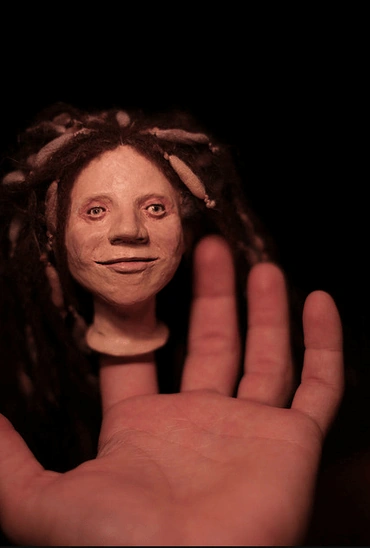Miracles and signs

The Bible often speaks of signs and miracles as things that convinced people of the Lord's leading. "Signs" convince people to believe intellectually, and "miracles" convince people to believe emotionally. For instance, it was a "sign" for the shepherds that they would find the newborn Jesus wrapped in swaddling clothes, lying in a manger. This was not something that defied explanation; there is nothing impossible about a baby being laid in a manger. On the other hand miracles such as the Nile turning into blood, the Red Sea parting or water being made wine were apparently impossible, striking awe and fear in the hearts of observers and thus compelling the emotions. Both signs and miracles, however, are external events that could only force people into compliance out of fear and awe, which is an external form of worship that has little to do with eternal life. The Lord used them in Biblical times because the people of that time were external in nature, and the Lord had to force them into forms of worship to preserve spiritual ideas and to allow for the Bible to be written. Through His advent and His teachings He opened the possibility that we could understand His spiritual meanings, which would allow us to believe and live internally, not just externally.
Face

“The eyes are the windows of the soul.” That's a sentiment with roots somewhere in murky antiquity, but one that has become hopelessly cliché because it is both poetic and obviously true. We feel that if we can look in someone's eyes, we can truly know what they are inside. And it's not just the eyes; really it is the face as a whole that conveys this. As Swedenborg puts it, the face is “man's spiritual world presented in his natural world” (Heaven and Hell, No. 91). Our faces reveal our interior thoughts and feelings in myriad ways, which is why psychologists, poker players and criminal investigators spend so much time studying them. It makes sense, then, that people's faces in the Bible represent their interiors, the thoughts, loves and desires they hold most deeply. We turn our faces to the ground to show humility when we bow in worship; we turn them to the mountains when seeking inspiration; we turn them toward our enemies when we are ready to battle temptation. When things are hard, we need to “face facts,” or accept them internally. When the topic is the Lord's face, it represents the Lord's interiors, which are perfect love and perfect mercy. And when people turn away from the Lord and refuse his love, it is described as the Lord “hiding his face.”
(References: Heaven and Hell 91)






